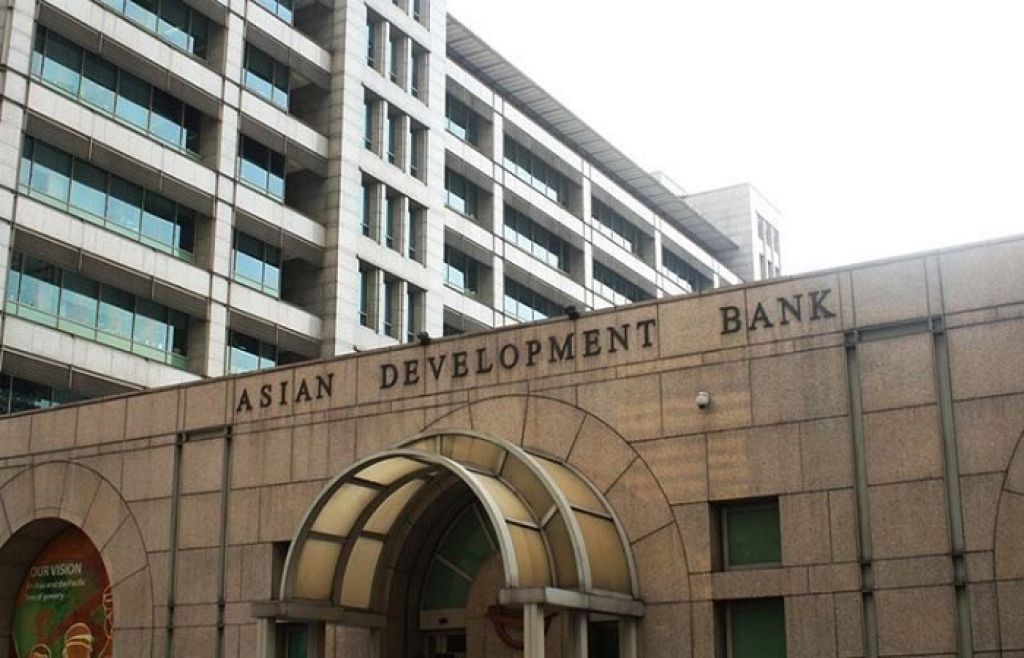An ongoing trade spat between the US and China—which could come to a head over the summer if heavy tariffs are slapped on Chinese imports to the US—may have a silver lining for Beijing.
Speaking at a summit in Shanghai this week, senior advisor to the Asian Development Bank, Noritaka Akamatsu, said that trade tension could provide an opening to speed up the globalization of the Chinese yuan, ATimes reported.
“The cautious attitude of the Chinese authorities till now was only wise,” Akamatsu said, acknowledging that the internationalization of the currency has been “slow so far”.
“But going forward, the trade tension with the US may provide a good opportunity as well as challenges to accelerate the internationalization,” he added. “We at ADB are also paying close attention to the internationalization of the renminbi, particularly at this very time of trade tension,” says Akamatsu.
China’s currency has already been added to the IMF’s special drawing rights basket, but internationalization has been slow since its inclusion two years ago.
“Bond Connect, Panda bonds and credit rating internationalization and regulation are all keys to internationalizing the renminbi as well as financing Belt and Road projects,” he adds.
RMB’s Progress
China arguably has more heft in the international monetary system than it did three years ago. The Asian Infrastructure Investment Bank is now operational and it is financing infrastructure projects in Asia, although the AIIB remains small relative to similar multilateral organizations, ActionForex reported.
Furthermore, the RMB is now included in the special drawing rights (SDR) of the International Monetary Fund. But after an initial sharp acceleration in the international use of the RMB, progress stalled as volatility beset Chinese financial markets.
Relative stability has returned to Chinese financial markets, and the international use of the RMB is rising again. However, due to the Chinese government’s focus on social stability, it likely will be years, if not decades, before the Chinese currency joins the ranks of the world’s most important currencies.
AIIB and SDR
ActionForex says: “At the time of our April 2015 report, there were 57 countries that were either members or prospective members of the AIIB, but the organization was not yet operational. Today, there are 64 member states with 22 prospective members who want to get on board as well. As of December 31, 2017, the AIIB had $19 billion worth of paid-in capital in a subscribed capital base of $95 billion. At present, the AIIB has approved 25 projects that total $4 billion. In short, the AIIB is slowly ramping up operations.”
But the institution still has a long way to go relative to its counterparts. The ADB had about $139 billion worth of outstanding lending commitments at the end of 2017, while the net loans outstanding of the International Bank for Reconstruction and Development (i.e., The World Bank) stood at $185 billion as of March 31, 2018.
In fairness, the ADB and the World Bank have broader goals than the AIIB. Not only do those two organizations finance infrastructure projects, but they also endeavor to end extreme poverty and manage natural resources.
Moreover, the World Bank finances projects around the world, not just in Asia. It seems self-evident that the World Bank, which was established in 1944 as one of the Bretton Woods institutions, and the ADB, which started operations in 1966, would have larger balance sheets than the relative upstart AIIB. Nevertheless, the AIIB is still small relative to its more established counterparts.
China had aspirations of the RMB being part of the SDR as of April 2015, but the currency was not part of the basket at that time. But on October 1, 2016, the RMB officially joined the US dollar, the euro, the Japanese yen and the British pound as the currencies that comprise the SDR basket.
Although the IMF’s decision to include the RMB in the SDR basket has had little practical importance for the Chinese currency, it has conferred a degree of legitimacy on the RMB by including it in the same exclusive club as the world’s most-used currencies.
Demand Payment in RMB
One way to increase the international use of a currency is to encourage exporters and importers to demand payment in that currency. The amount of trade invoices that were settled in Chinese yuan shot up sharply from essentially nothing in 2009 to more than ¥7 trillion (about $1.1 trillion) in 2015.
However, the amount of international transactions that are settled in Chinese yuan has trended lower over the past two years. Foreign holdings of Chinese yuan in the form of cash and deposits ballooned in the early years of the decade before running off sharply in 2015 and 2016. Foreign holdings of yuan bounced back last year, but they remained below their 2014 peak.
In terms of other assets, foreign holdings of Chinese stocks and bonds have risen fivefold since the beginning of 2011 with equities accounting for the lion’s share of those holdings.


